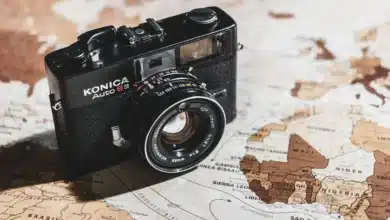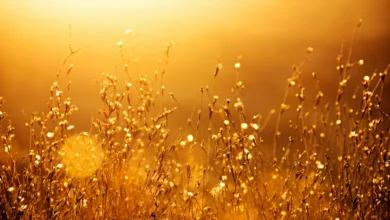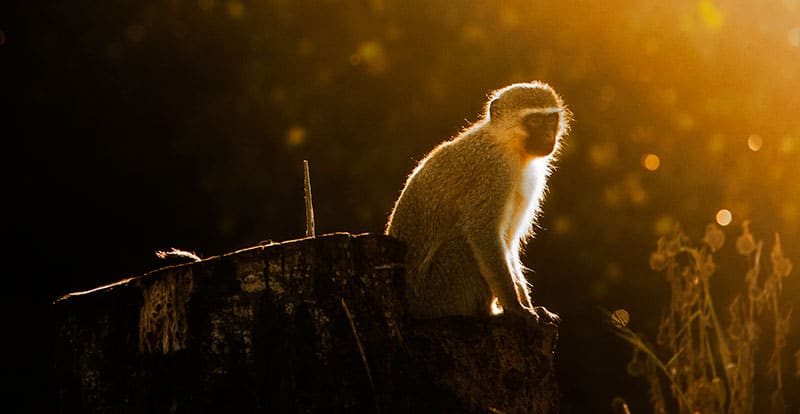Part 3: Understanding Exposure
The single most important element in photography is light, as it is the capturing and recording of light that creates truly stunning photographs. By Peter Wickham.
The amount of light allowed to be captured is called the exposure, and therefore, too much light results in over-exposure and too little results in under-exposure. There are three elements to exposure (no more and no less), these being:
- Aperture (the size of the hole in the lens, or f-number. This can be described as the doorway through which light moves);
- Shutter speed (We can equate this to the door fitted to the doorway, which determines how long it stays open to allow light to move through);
- ISO (the speed that which light is allowed into the camera is accepted by the sensor).
Let’s take a deeper look at each of these three elements:
1. APERTURE.
We have equated this to a doorway through which light moves. It makes sense, therefore, that the larger the aperture, the more light that can pass through. The smaller the f-number, the larger the hole allowing light to travel through, i.e., f2.8 is much larger than f8, which is again much larger than f22.
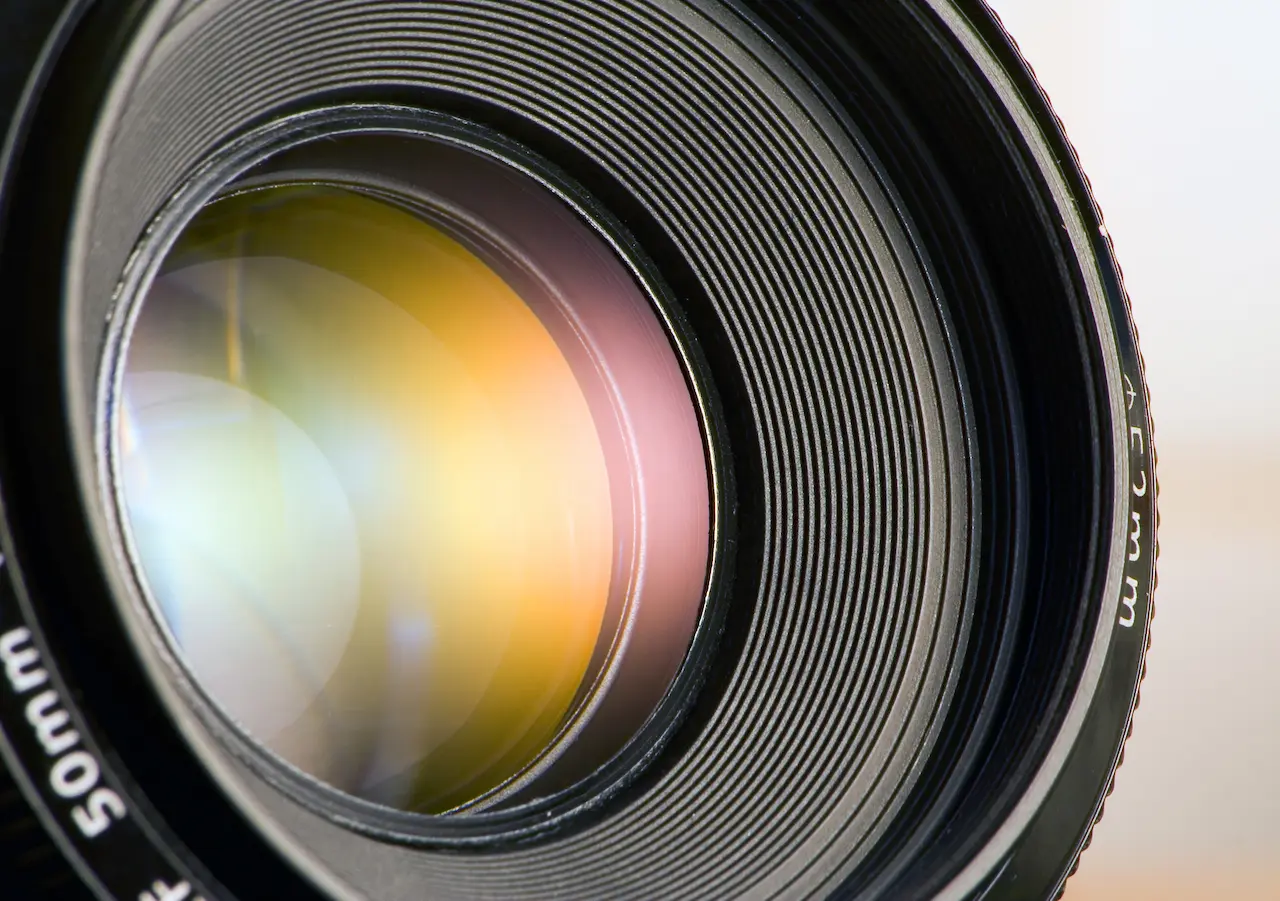
2. SHUTTER SPEED
When we understand that f22 is a smaller aperture than f8, we should also then understand that when the aperture is smaller, the shutter needs to be open longer to allow the same amount of light to pass through to the sensor. The converse is true for a larger aperture.
3. ISO
The sensor is located in the camera, and in line with the lens so that light passing through the lens when the shutter is open, will then fall upon the surface of the sensor, from where it is processed into the image by the camera software, and stored onto the memory device.
We need to remember a few things though. If the shutter speed is slower than the focal length multiplied by the crop factor of the camera, you run the risk of camera shake causing a blurry image unless the camera is on a tripod.
We sometimes give up Depth Of Field by opening the lens aperture to allow for faster shutter speed. Should we not be able to compromise our aperture, or it’s opened up to the full extent, then we can adjust the ISO, the cost of which, will be the addition of noise (graininess) in the image.
For every stop of light gained by opening the aperture or increasing ISO, the shutter speed can then increase by the same degree, as the balance of the exposure will be maintained (what light you add with aperture or ISO, can then be taken away with faster shutter speed and therefore end up with the same amount of light being recorded).
Please remember that a click on the scroll wheel is not necessarily one-stop, as all cameras work in thirds of a stop for aperture and shutter speed and some in thirds with regards to ISO as well.
From this we can see that it is possible to manipulate the shutter speed to achieve freezing the moment, or allowing movement to occur whilst the shutter is open, which then results in motion blur.
Taking photos of moving water is usually where one seeks a slow shutter speed to achieve a silky water effect. Obviously, the use of slow shutter speeds requires the use of a Tripod and working in low light conditions. If we are looking to lose light to make shutter speeds as slow as we can, we first close the aperture to f16-f22 and ISO to the lowest that the camera will provide. If the shutter speed is still too high, then the use of Neutral Density filters and/or Polarizer filters will help a great deal.
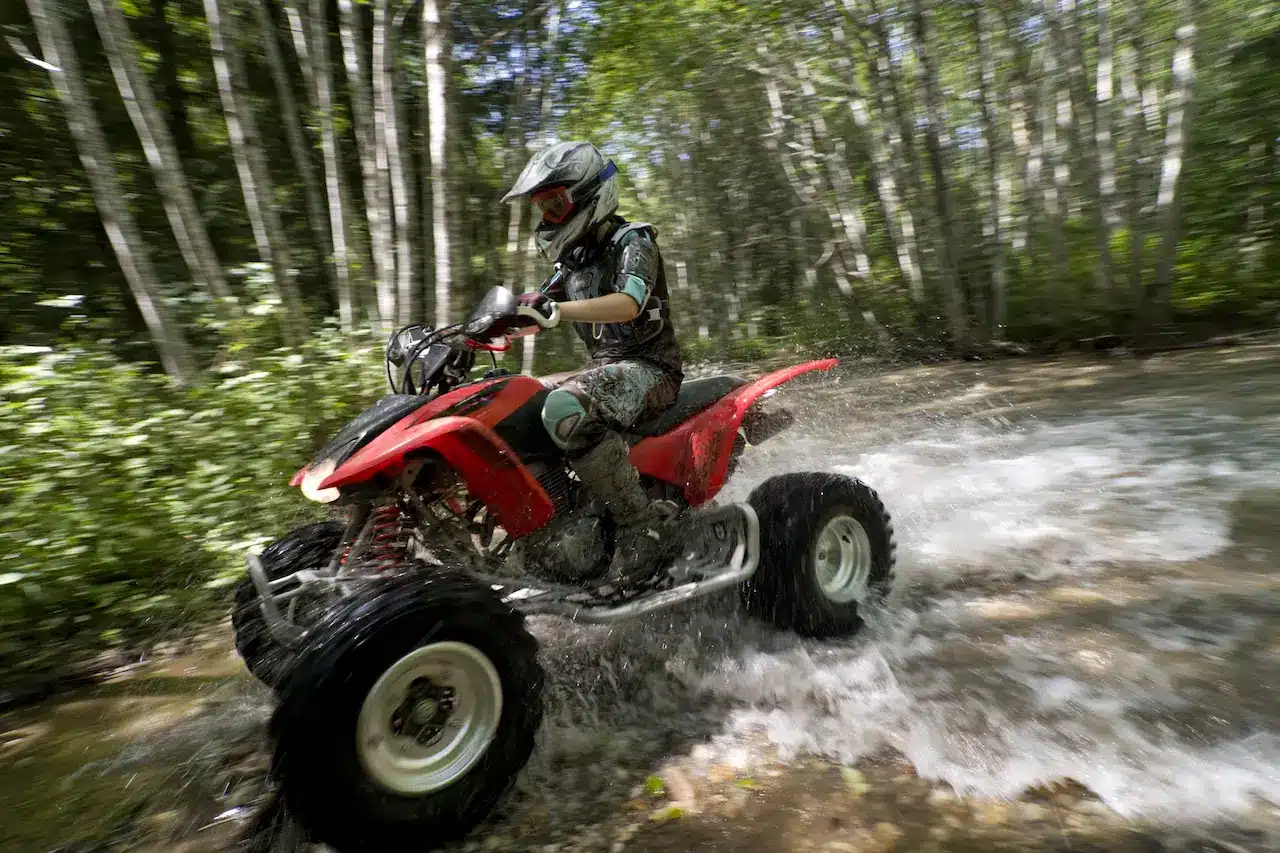
To freeze movement, the converse of the above is true. Here, one would try to achieve the highest shutter speed possible by opening the aperture as wide as possible, and if necessary, increasing the ISO (but be aware that increased ISO creates a magnetic field around the sensor, which manifests as noise and thereby reduces the quality of the image).
Always be aware that camera exposure refers to the amount of light to be recorded and not merely the shutter speed. All three components of an exposure need to be considered as an equal part of it.
Finally, when considering your exposure, decide on the importance of Depth Of Field or shutter speed (refer May edition – page 35), and then meter on a mid-tone with your choice in mind.
Read More on This Series:
- Part 1: Capturing the Golden Hour
- Part 2: Depth Of Field

